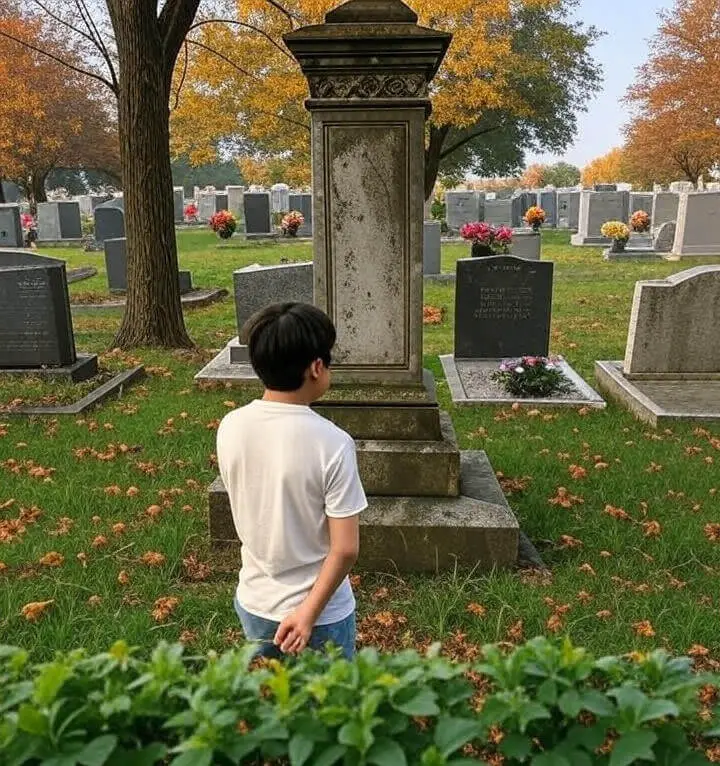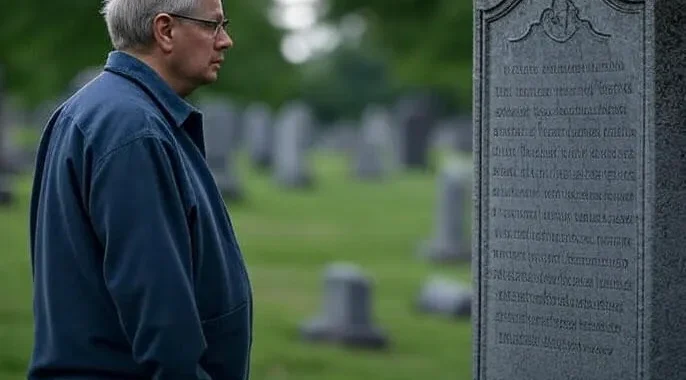Many people ask if a body is buried in front or behind the headstone. The answer may change based on culture, religion, and cemetery rules. Let’s look at how it usually works.
What Is a Headstone?
A headstone is a marker that shows who is buried in a grave. It often has the name, birth, and death dates. Some headstones also show a message or photo.
Funeral homes and cemeteries work together to place headstones. Families can choose the shape, size, and words. In most places, the stone is placed at the head of the grave.
The Common Way
In the U.S., bodies are mostly buried with the head near the headstone. That means the body lies behind the stone, not in front of it.
A 2021 report from the Natl. Funeral Directors Assoc. (NFDA) said about 80% of graves in North America follow this setup.
This way, when someone stands in front of the headstone, they face the person’s head.
Real Example from Michigan
Karen Jones buried her father in 2022. She says, “The cemetary worker showed us the grave. The headstone was at his head. When we visit, we stand and talk to him like he’s looking at us.”
This shows why the setup matters. People want to feel close to their loved one.
Some Other Traditions
Not all cultures do it the same. In Jewish and Christian graves, the body often faces east. This is because many believe the person will rise again from that direction.
In Muslim burials, the body faces Mecca. Cemeteries with Islamic areas follow this rule. The headstone may still go near the head, but the body’s direction is diffrent.
In some old cemeteries, there are no clear rules. Records may be lost. Markers may be moved. In those cases, no one knows if the body is in front or behind.

Check with the Cemetery
Some cemeteries write their rules. Others have maps that show the grave layout. If you want to know, ask the admin. office. They can help you find out how a loved one is placed.
Tom Miller, a cemetery mgr., says, “Most of our plots are in rows. The headstone is always at the head. That’s how we train our staff and keep the maps.”
It’s Okay to Ask
Families should not feel shy to ask questions. Knowing the setup helps when placing flowers, visiting, or planning the grave.
Lena, who visits her brother’s grave weekly, says, “It feels right to talk to him from the head. I even sit near it sometimes.”
Final Thoughts
In most cemeteries, the body is buried behind the headstone. But there can be exceptions. It depends on rules, religion, and history.

